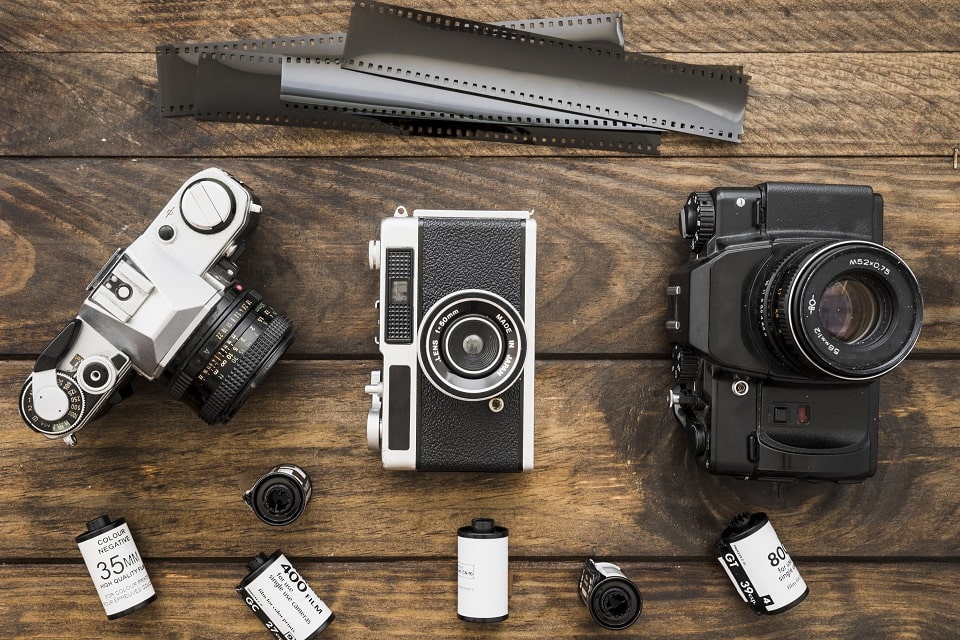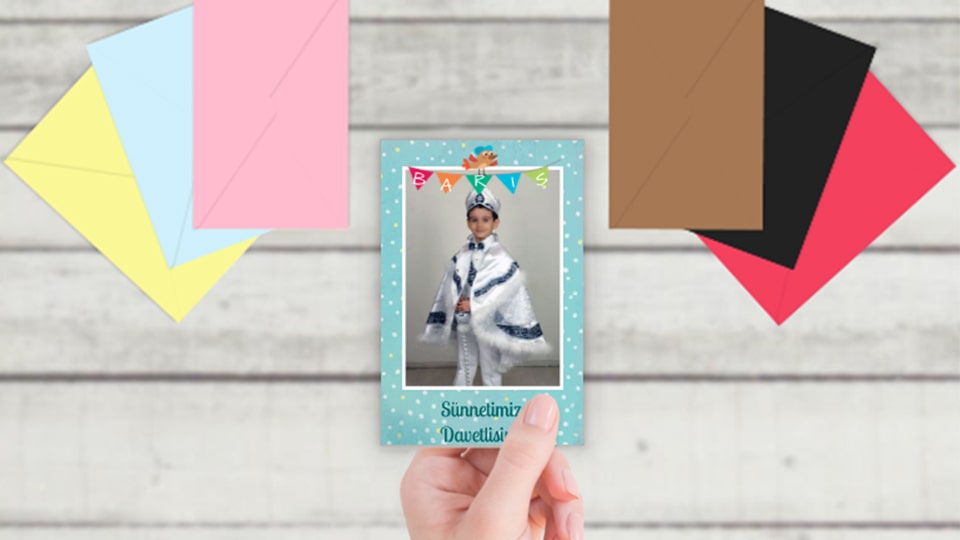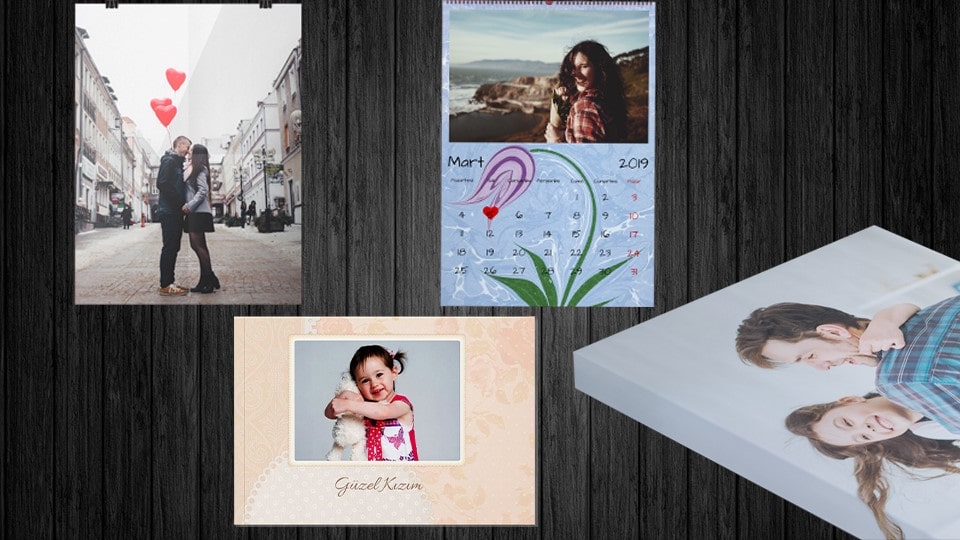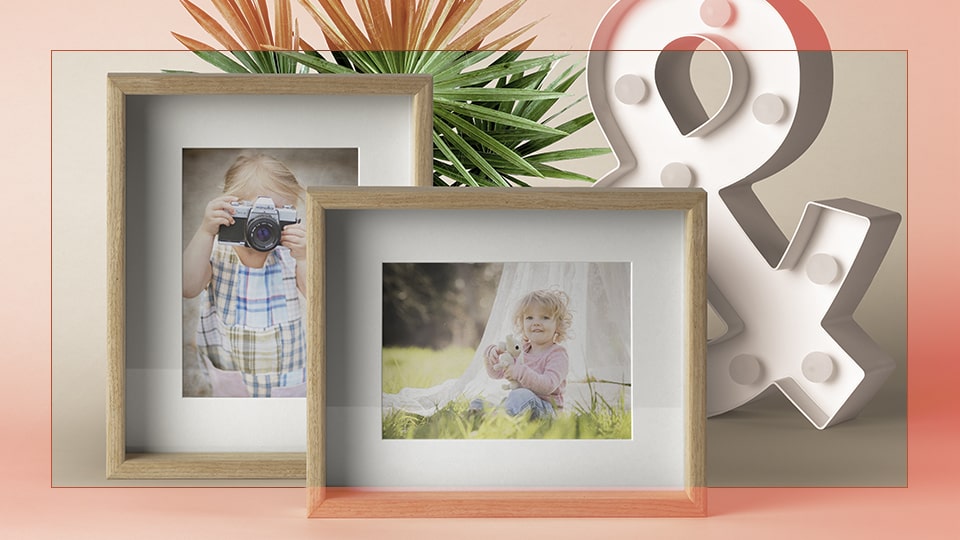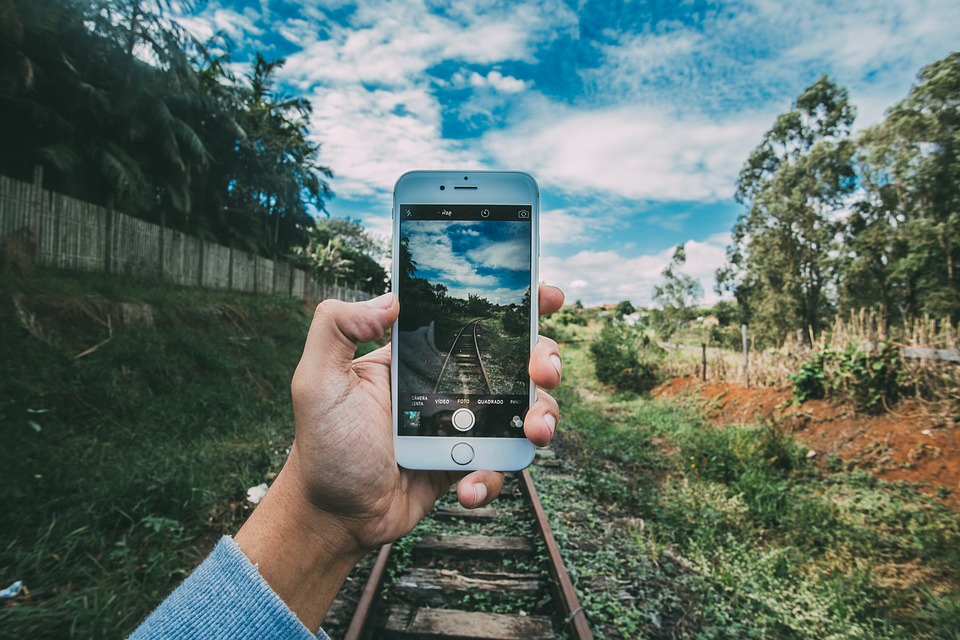Nowadays it takes a second to take a photo, photography processing is easy, we can even quickly take print of it in larger size. But do you how the cameras took their current form after all these centuries? The interesting thing is that unlike most other big inventions, camera is not invented by a single person. The forming of the idea, practice and development have happened thanks to different individuals’ work and spaced out long terms. Humans have felt the need to draw what they saw in their surroundings for centuries. The incidents they experienced, the natural changes, etc they have painted with various materials they found in nature. This desire of humankind led to the invention of photography after many centuries.
INVENTION PERIOD OF CAMERA
Although the date of invention of camera is known as 1839, it actually is much earlier. The first paintings made on cave walls 30.000 years ago are the first signs of people trying to document their existence. In his work named Problem, Aristoteles has planted the first foundation of the cameras in 4th century B.C. by trying to interpretate the image “camera obscura” (in Latin camera = room, obscura = dark) he got from a small hole he named a needle hole.
Camera obscura is quite simple. In a dark room with only a hole on one wall, the light entering from that hole creates an upside down version of the view of outside.
Physicist and mathematician Ibn Al-Haitam from 10th century A.D., also known as Alhazen had created a camera obscura using a candle and a curtain with a small hole in it. Ibn Al-Haitam’s work was appreciated in Europe but it was going to take a long while for it become practical. Physicist Girolamo Cardano made camera obscura practical with the help of doublesided convex lenses. This way, a much clear image was achieved.
Name father of camera obscura is astronomer Johannes Kepler (1571-1630). He made a portable camera obscura and it was a huge leap forward. In 19. Century, camera obscuras were ready to complete their transformation and start their evolution into today’s cameras with objectives.
INVENTION OF CAMERA
Centuries of struggle ended with the image Joseph Nicephore Niepce (1765-1833) took from the window of his house in Chalon-sur-Saone in France in 1826. With this image, photograph’s development process to that day ended. Niepce’s aim after taking that image was to get a sharper picture, to make the image last longer and implement colours but he didn’t live long enough. His collegue Louis Jacqyes Mande Daguerre (1787-1851) whom he partnered with in 1829 decided to further Niepce’s work and succeeded in 1839. On 19th of August 1839, the invention of camera was announced to the world from French Science Academy with these words: “Gentlemen, nature is put on paper using light.”
In 1852, George Eastman put onto the market Kodak cameras that can shoot 10 photos using bromur coated gelatine rolls and photographers no longer had to carry large tools. After the photos taken, the camera would be sent to the factory; after the gelatine film removed from paper it was placed on glass and then the camera would be loaded with film again and given to the owner. In 1870 Hermann Vogel found a way to raise sensitivity of emulsions by bathing them so in 1880 with orthochromatic films that are less sensitive to red, he helped create panchromatic films too.
Kodak has put onto market cameras with 100 films in it with photograph processing and printing fees included in 1888. These cameras were sold with this slogan “click the button, let us do the rest”. Then cameras reached masses of people. These cameras would also be sent to the factory, photographs processed, films reloaded and returned to owner after use.
Photographs and cameras have taken centuries and lots of work to become the way they are today and they continue to develop.



